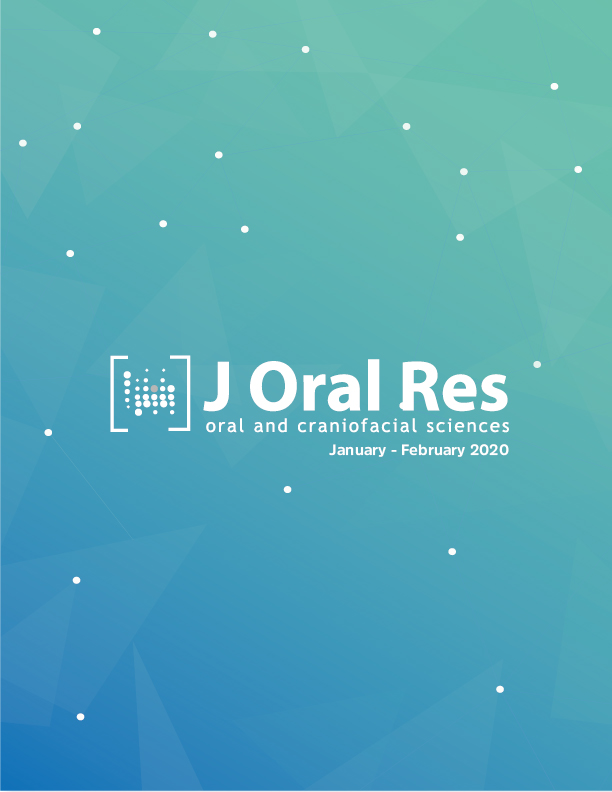Prevalence of soft tissue calcifications in CBCT images from the Oral and Maxillofacial Radiology Service at UNAB, Viña del Mar, Chile.
DOI:
https://doi.org/10.17126/%25xAbstract
Soft tissue calcifications can indicate the presence of more serious, potentially life-threatening pathologies. Therefore, their study can lead to an early diagnosis of those conditions that have not yet become clinically apparent. Main objective: To determine the prevalence of calcifications in soft tissues of the head and neck in cone beam computed tomography images obtained from the Oral and Maxillofacial Radiology Service at Universidad Andrés Bello (UNAB), Viña del Mar, Chile. Material and Methods: Retrospective, cross-sectional, quantitative study. A total of 288 images of cone beam computed tomography (CBCT) were used. Images were obtained at random from the database of the Oral and Maxillofacial Radiology Service at UNAB, Viña Del Mar, between 2014 and 2019. Results: A prevalence of 59.72% of soft tissue calcifications was obtained. The most prevalent were: tonsilloliths and calcified stylohyoid ligament, accounting for 30.65% and 45.56%, respectively. Conclusion: A high prevalence of soft tissue calcifications was found in a population that has not been studied previously; therefore, it is important that the dentist perform a detailed analysis of the cone beam computed tomography.
Downloads
Published
How to Cite
Issue
Section
Copyright (c) 2020 Universidad de Concepción

This work is licensed under a Creative Commons Attribution 4.0 International License.
This is an open-access Journal distributed under the terms of the Creative Commons Attribution License (CC BY 4.0). The use, distribution or reproduction in other forums is permitted, provided the original author(s) and the copyright owner(s) are credited and that the original publication in this journal is cited, in accordance with accepted academic practice. No use, distribution or reproduction is permitted which does not comply with these terms. © 2023.










